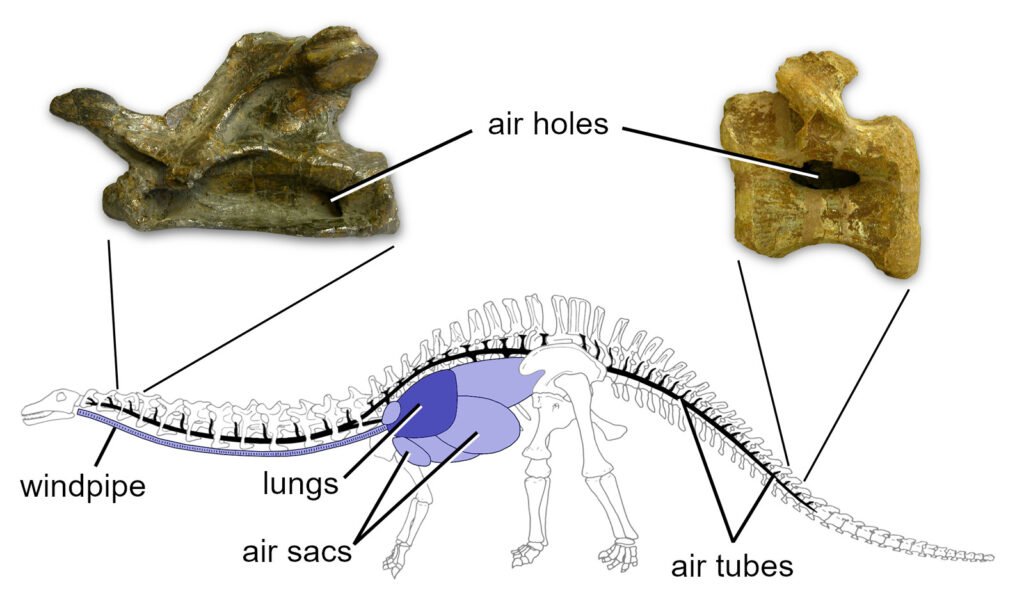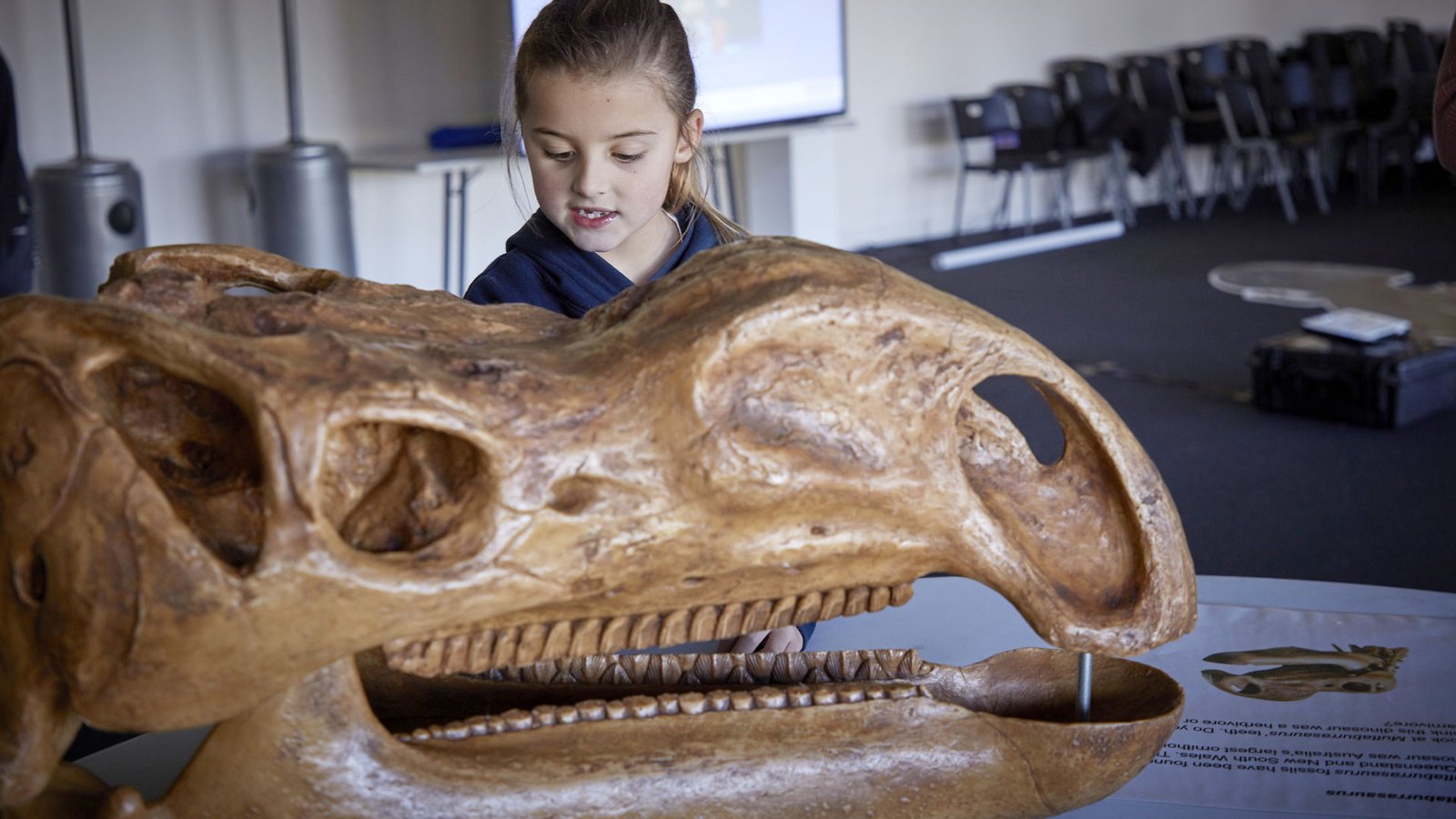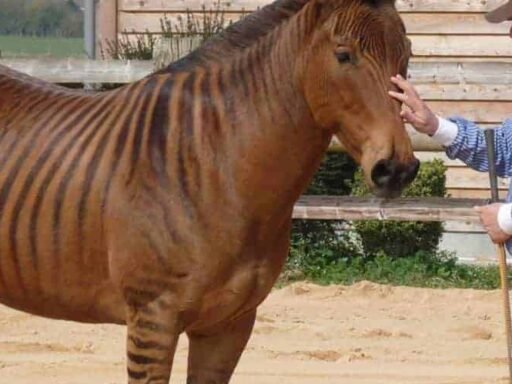Have you ever seen an internet meme that asked which dinosaur has 500 teeth? It’s like a joke, but it is very serious. The dinosaur in question is not the subject of some viral meme; it is generally called Nigersaurus, an astonishing herbivore of the Cretaceous period with a jaw full of 500 teeth, and people mostly ask what dinosaur has 500 teeth.
But the actual story of this dinosaur having 500 teeth is much more astounding than the joke itself. Unravel the mystery of which dinosaurs boast an impressive dental arsenal and learn how their respective teeth and bizarrely distinctive looks set them apart from others!
The 500 Teeth Joke: Where it All Originated
The phrase What dinosaur has 500 teeth? leaped into the internet world of online forums like Reddit and Twitter, where users started messaging forward with no context, often to curious or misunderstandings. While the meme went on to spread because of mystery and the potential for humorous misunderstandings, the truth behind it is scientifically fascinating. For this, the dinosaur in question, Nigersaurus, had only one weird skull that housed more than 500 teeth, all of which had been specifically designed for efficient feeding. But behind the punchline of that viral joke is a prehistoric creature that played an essential role in its ecosystem.
A Dinosaur 500 Teeth: Introduction to Nigersaurus
Nigersaurus, named for the Republic of Niger in which its fossils have been unearthed, was a 9-meter-long sauropod that had stridden upon the Earth around 110 million years ago in the middle of the Cretaceous. Because of this grazing behavior, the animal can also be sometimes called the “Mesozoic Cow”, living with the diet of today’s cattle. Though it was a sauropod, it shared several special features that were not common to other great herbivores at the time.

One of the most striking features of the Nigersaurus is its wide, vacuum-cleaner-like muzzle with a huge dental battery of over 500 teeth in the continuously replacing dentition. This permitted Nigersaurus to maintain a very high-efficiency feeding process whereby it was able to graze low-lying plants across the lush riverbanks of prehistoric Africa.
Unique Skull and Dental Structure: What Made Nigersaurus Special
While many dinosaurs had razor-sharp teeth meant for hunting, Nigersaurus evolved to become a specialist grazer. It had an extremely light skull, with parts of the bones being as thin as 2 millimeters. This lightweight skull housed a very extraordinary dental arrangement-dental batteries consisting of 60 columns of small teeth in the upper jaw and 68 columns of sharp teeth in the lower jaw. These were stacked on top of one another vertically to give Nigersaurus a total of over 500 teeth.
With each tooth, something was different it could contribute to Nigersaurus when it came to feeding. In its case, when it is grazing for all plants at the ground levels, wearing out and replacement of the teeth happens every 14 days. It needed such a quick replacement of teeth for survival not to disable its feeding due to any eventual loss.
What Did Nigersaurus Eat? Feeding Habits and Diet
This flat, wide muzzle was ideal for ground-level grazing, its teeth perfectly adapted for cropping plants close to the surface. Whereas other, long-necked sauropods could reach much higher vegetation, this animal had a much shorter neck and a downward-directed head, restricted to feeding closer to the ground.
Surprisingly, scientist’s views differ on just how Nigersaurus held its head while feeding. Its inner ear and semicircular canals were structured to indicate that it often held its head downward, giving more credence to the hypothesis of being a ground-level grazer. This hypothesis has been very debated among paleontologists since other studies challenge this head posture. Nevertheless, its anatomical design supports that Nigersaurus evolved to efficiently feed on low-growing plants.
Discovery and Fossil Findings: Unraveling the Mystery of Nigersaurus
The first fossils of this dinosaur were found in the 1950s by French paleontologists working in the Nigerien Sahara. However, the early finds were highly fragmentary, and the dinosaur remained unnamed for many decades. It wasn’t until 1997 that a team led by the prominent paleontologist Paul Sereno finally unearthed more complete fossils and was able to reconstruct approximately 80% of the skeleton. The species was finally christened, in 1999, as Nigersaurus taqueti-named after the French paleontologist Philippe Taquet, who did much to uncover the early fossils in the area.

The discovery of Nigersaurus was a milestone on many counts. The fragile, lightweight bones including vertebrae that were filled with air sacs like those in modern birds are rarely preserved as fossils. Despite these problems, the important discoveries gave paleontologists vital information on sauropod diversity and evolution.
Nigersaurus’ Habitat: Life in the Cretaceous Sahara
While the Sahara Desert today is an arid and barren landscape, it was vastly different 110 million years ago when Nigersaurus roamed the Earth. In the mid-Cretaceous period, the region was lush and forested, crossed by many rivers, and was a perfect habitat for big herbivores. Added to the quantity of vegetation, the availability of fresh water created the right arena for Nigersaurus and other dinosaurs to thrive.
Nigersaurus shared its environment with many other interesting prehistoric animals, such as the gigantic crocodile-like predator Sarcosuchus, up to 40 feet long. While Nigersaurus was a gentle grazer, its ecosystem wasn’t without an impressive predator.
Importance of the Nigersaurus Discovery
The discovery of Nigersaurus added not only to the knowledge of sauropod dinosaurs but also brought a new look at the herbivorous feeding strategies of the Cretaceous. While other sauropods were long-necked and large-bodied, designed to acquire high vegetation, Nigersaurus showed that some evolved toward specializations in ground-level grazing. Its combination of physical features, such as its dental batteries and wide muzzle, makes Nigersaurus second to none among sauropods.
The discovery of Nigersaurus highlighted the life diversity that was present in what is today termed the Sahara. Species across a wide taxonomic spectrum existed in this lush, riverine environment of the time, each contributing to the ecosystem in different ways.
Frequently Asked Questions About Nigersaurus
What dinosaur has 500 teeth?
- That’s a good question only because of an internet meme what dinosaur has 500 teeth joke that went viral; it described the Nigersaurus-a sauropod dinosaur from the Cretaceous period with an unusual dental structure.
Why does the Nigersaurus have 500 teeth?
- Nigersaurus was a dinosaur with a dental battery containing more than 500 teeth, which had been adapted to ground-level grazing in an efficient way: replacing the teeth every 14 days was sufficient to keep up its feeding habits.
What did Nigersaurus eat?
- It was not feeding on the high foliage like most sauropod dinosaurs do, but rather with its wide, vacuum-like muzzle and specialized teeth cropping vegetation close to the ground.
Where and when was the Nigersaurus discovered?
- Fossils of Nigersaurus were first discovered in the Nigerien Sahara during the 1950s; however, major discoveries leading to its identification and naming occurred in 1997 and 1999, respectively, by paleontologist Paul Sereno.
Conclusion Of The Dinosaur with 500 Teeth
- While the question What dinosaur has 500 teeth ? has become a popular joke on the internet, the real story behind the Nigersaurus is one of scientific significance.
- This unusual dinosaur, with its vacuum cleaner-like muzzle and over 500 constantly replaced teeth, played a critical role in its prehistoric ecosystem.
- Its discovery has helped paleontologists gain a better understanding of how different species of dinosaurs evolved to fill ecological niches.
- The next time you hear the meme, you’ll know that the dinosaur with 500 teeth is not just a joke—it’s a fascinating chapter in Earth’s ancient history.
Don’t forget to read:
Low Taper Fade: A Game-Changer for Every Hair Type and Style
Toeboards are Usually ___ Inches High and Used on Landings and Balconies: A Comprehensive Guide







